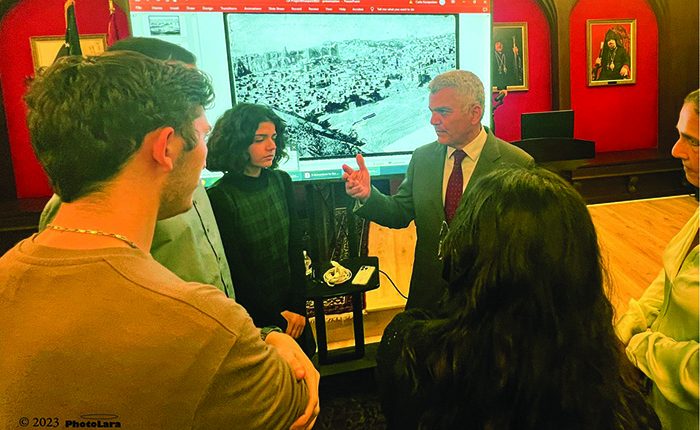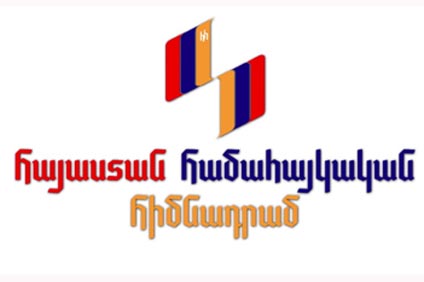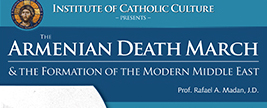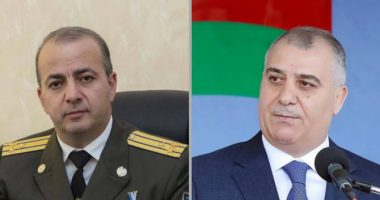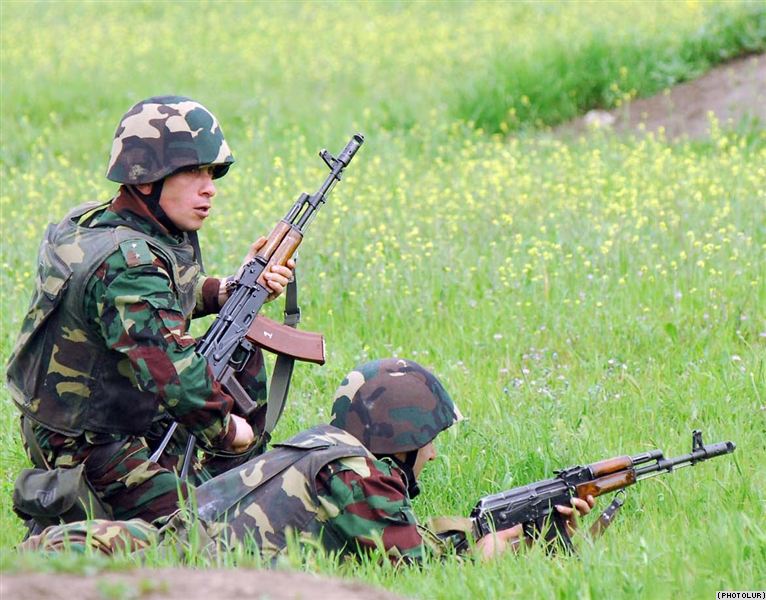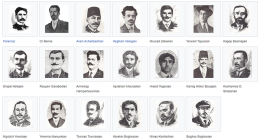By Ara Sarafian
Last week, I gave a presentation at the Western Diocese of the Armenian Church in Burbank, California. I had a mixed audience of students and professionals, clergymen and peace activists, and many Kharpertsie. I was introduced with the kind words of Archbishop Hovnan Derderian, the Primate of the Western Diocese, and a Kharpertsie.
My talk was on the Gomidas Institute’s ProjectKharpert2022. I gave a background to the project and how it started as a pro-active initiative to engage Turkish civil society, as well as Turkish authorities, for the integration of the Armenian heritage of Kharpert back into the public memory of the region. The background to the project were current development plans to turn the city of Kharpert into a historical and touristic centre, as well as a UNESCO world heritage site. This was not the first “proactive” project the Gomidas Institute adopted on Armenian issues in Turkey. In the past, it has been involved in organising conferences and seminars (Istanbul, Diyarbakir, Bitlis), exhibitions (Bitlis), commemorative events (Istanbul and Diyarbakir), book publications and releases (Istanbul, Ankara and Van), and several study tours across Turkey.
When ProjectKharpert2022 was initiated a year ago, we received the support of a number of groups and individuals, including the Kharpert Cultural Society. We began the project by opening up our position on a dedicated FaceBook page, ProjectKharpert2022, and wrote to the governor of Elazig and the municipal head of Elazig city. Our communications were treated as private and we allowed them time to consider what we were offering. While we waited for a response, we continued with our work on the history of Kharpert. Much of our findings were published on our FaceBook page and we have more to offer.
We have now reached the stage of engaging Turkish civil society and many people in the Kharpert region and beyond have been receptive to us. We are currently preparing an online exhibition and presentation regarding Armenians in the Kharpert region before WWI. If we receive a positive response from Turkey, we will have a presentation in Turkey as well.
The Gomidas Institute has always represented a special voice of diaspora Armenians. We have been confident in our work, undaunted by possible obstacles, and believed in the essential goodness of people. That is how we have been able to work in Turkey and strike a chord.
We now have several options ahead of us, and how we proceed will depend on the responses we get in Armenian and non-Armenian circles. Our preferred choice is to continue in good faith and dignified manner that befits the memory of Armenians and their friends in the Kharpert region.
The issue of the Armenian Genocide is not our focus. We do not want it to obscure our understanding of Armenian life in the Ottoman Empire before 1915. We may choose to engage it at a later date, in a dispassionate and informed manner, but that is not our objective for this project. I am sure many people will agree with our approach.
I hope to give you updates of developments in the future and welcome serious participants who wish to join or promote the work we are doing.

